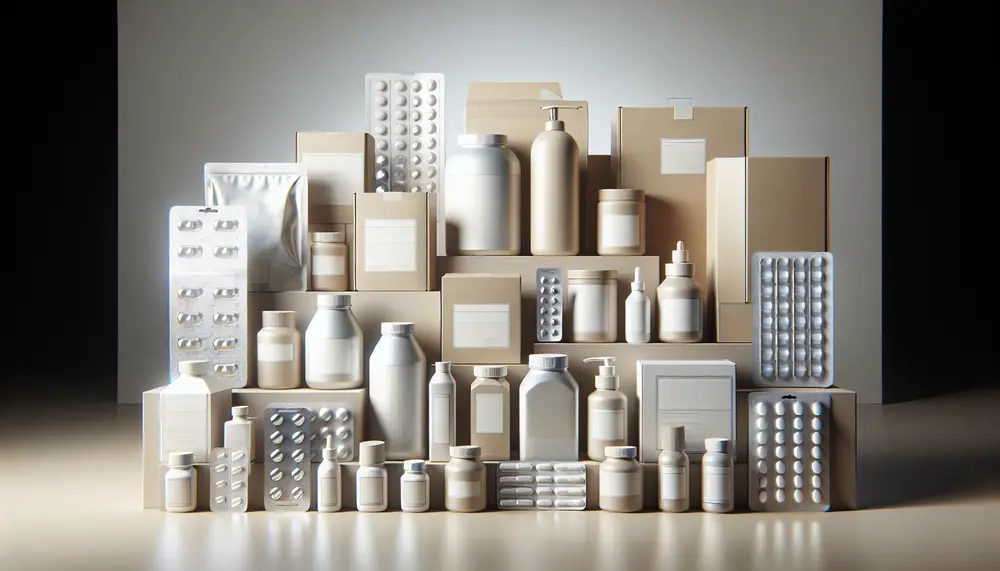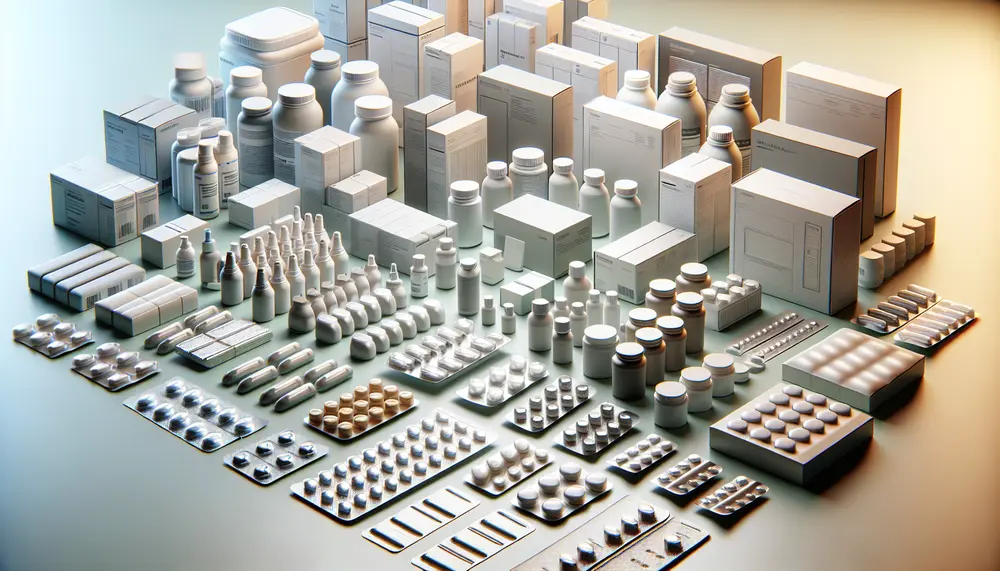Aseptic processing
Aseptic processing
Aseptic Processing
Aseptic processing is a technique used in packaging to ensure that products remain free from harmful bacteria and other microorganisms. This method is essential for products like milk, juice, and soups that need to stay fresh for a long time without refrigeration.
How Aseptic Processing Works
In aseptic processing, both the product and the packaging are sterilized separately. The product is usually heated to a high temperature to kill any bacteria. The packaging is also sterilized using heat, chemicals, or radiation. Once both are sterile, the product is filled into the packaging in a sterile environment.
Benefits of Aseptic Processing
One of the main benefits of aseptic processing is that it extends the shelf life of products without the need for preservatives. This is particularly important for maintaining the quality and taste of food and beverages. Additionally, it reduces the need for refrigeration, which can save energy and reduce costs.
Applications of Aseptic Processing
Aseptic processing is widely used in the food and beverage industry. Common products that use this method include dairy products, fruit juices, and ready-to-eat meals. It is also used in the pharmaceutical industry to ensure that medicines remain sterile and safe for consumption.
Conclusion
Understanding aseptic processing is crucial for anyone involved in packaging. This technique not only ensures product safety but also enhances shelf life and reduces costs. By keeping products free from harmful microorganisms, aseptic processing plays a vital role in modern packaging.
Blog Posts with the term: Aseptic processing

Pharmaceutical packaging and design are essential for ensuring medication safety, efficacy, and patient compliance. Effective packaging involves understanding regulatory requirements, material science, and user needs while providing protection, information, identification, convenience, and adherence to treatment plans; it must also comply...

Understanding packaging box materials is crucial for product presentation, protection, and environmental impact. Material choice affects cost, durability, and sustainability; factors like strength and recyclability must be considered. Paper-based boxes are versatile and range from cardboard to corrugated options with varying...

Pharmaceutical packaging is essential for protecting medications, ensuring safety and efficacy through materials like glass and plastics, and adhering to strict regulatory standards. Innovations in the field include biodegradable polymers and smart packaging technologies that enhance drug protection and environmental...

